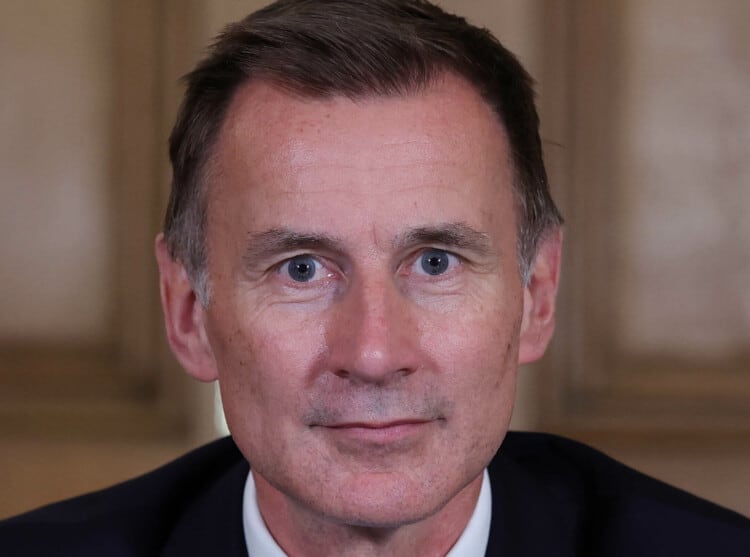Tory tax cuts were the name of the day yesterday, according to today’s front pages from the right leaning papers, but is this even true?
Tory tax cuts
To kick off the supposed cuts will be paid for by ‘sharp’ fall in public spending.
Rachel Reeves, the shadow chancellor, highlighted falling living standards. She told Sky News: “The truth is this will be the first parliament ever where real disposable incomes are going to be lower at the end of it than they were at the beginning. People can see that when they look at their bank statements.
“The tax increases that have already been announced take more money than the chancellor gave yesterday.”
Newspapers
Mike Galsworthy was one of many people to point out that many newspapers seem to have celebrated yesterday’s Autumn statement as if it was a huge round of tax cuts, leaving us all with money galore.
As he points out: “BBC: “Autumn Statement: Jeremy Hunt cuts National Insurance but tax burden still rises” …Is the correct title. The FT, Mirror, Independent and others are all getting it right too. The Daily Telegraph – pure useless propaganda The Times – embarrassing themselves”
Adam Bienkov also noticed the way the press has covered the tax cuts (rises).
Institute for fiscal studies
The Institute for Fiscal Studies’ assessment of the autumn statement says that Jeremy Hunt’s tax cuts yesterday return less than £1 to taxpayers for every extra £4 they are paying because of tax rises since 2021.
Another way of putting that would be to say that, for every £1 the Treasury has taken, less than 25p is coming back under yesterday’s measures.
This is from the analysis by the IFS’s Robert Joyce: “The headline measures in this autumn statement were cuts to the rates of national insurance contributions for employees and the self-employed. Taken in isolation, these put money back into the pockets of almost 30 million workers at a cost of around £10 billion per year, with anyone earning at least £12,570, or making profits of at least £6,725, per year benefitting.
“The bigger picture is that these changes give back less than £1 of every £4 that is being taken away from households through changes to NICs and income tax announced since March 2021. Those takeaways are far less transparent than the smaller giveaway announced today – implemented as they are through multi-year freezes to income tax and NICs thresholds, which gradually bring more and more people into higher tax brackets, and especially so at a time of high inflation.”
Grim new record
Torsten Bell, the RF’s chief executive added: “Jeremy Hunt yesterday got his pre-election giveaways in early, with an autumn statement offering tax cuts today, at the price of implausible spending cuts tomorrow. Well-targeted specifics, addressing problems such as our tax system’s bias against working-age earnings or benefit system’s failure to keep pace with fast-rising rents, were juxtaposed with far less well-designed big picture fiscal choices. Tax-cutting rhetoric clashed with tax-rising reality, and positive steps to encourage business investment combined with a growth-sapping hit to public investment.
“Ultimately this reflects the pressures, not only of an upcoming election, but of governing a sicker, older, slower-growing Britain, amidst an era of far higher interest rates.
“That might be difficult for policy makers, but it’s a disaster for households whose wages are stuck in a totally unprecedented 20-year stagnation. This parliament is set to achieve a truly grim new record: the first in which household incomes will be lower at its end than its beginning.”
Largest fall in disposable income since records began
The rise in the cost of living means real household disposable income per person is estimated to have fallen by 2.2% in 2022/23, according to the Office for Budget Responsibility (OBR).
This is a smaller drop than previously forecast, but it is still the largest fall in a single financial year since comparable records began in 1956/57.
Related: Brexiter James Dyson Isn’t A Happy Man After Newspaper Hurts His Feelings







